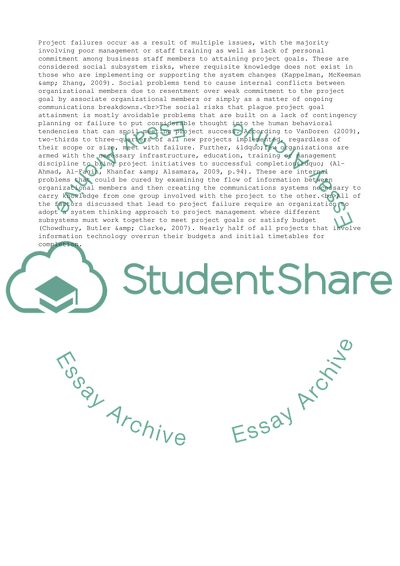Cite this document
(Project Failures and the Passport Agency Research Paper, n.d.)
Project Failures and the Passport Agency Research Paper. Retrieved from https://studentshare.org/management/1734427-project-managment
Project Failures and the Passport Agency Research Paper. Retrieved from https://studentshare.org/management/1734427-project-managment
(Project Failures and the Passport Agency Research Paper)
Project Failures and the Passport Agency Research Paper. https://studentshare.org/management/1734427-project-managment.
Project Failures and the Passport Agency Research Paper. https://studentshare.org/management/1734427-project-managment.
“Project Failures and the Passport Agency Research Paper”, n.d. https://studentshare.org/management/1734427-project-managment.


